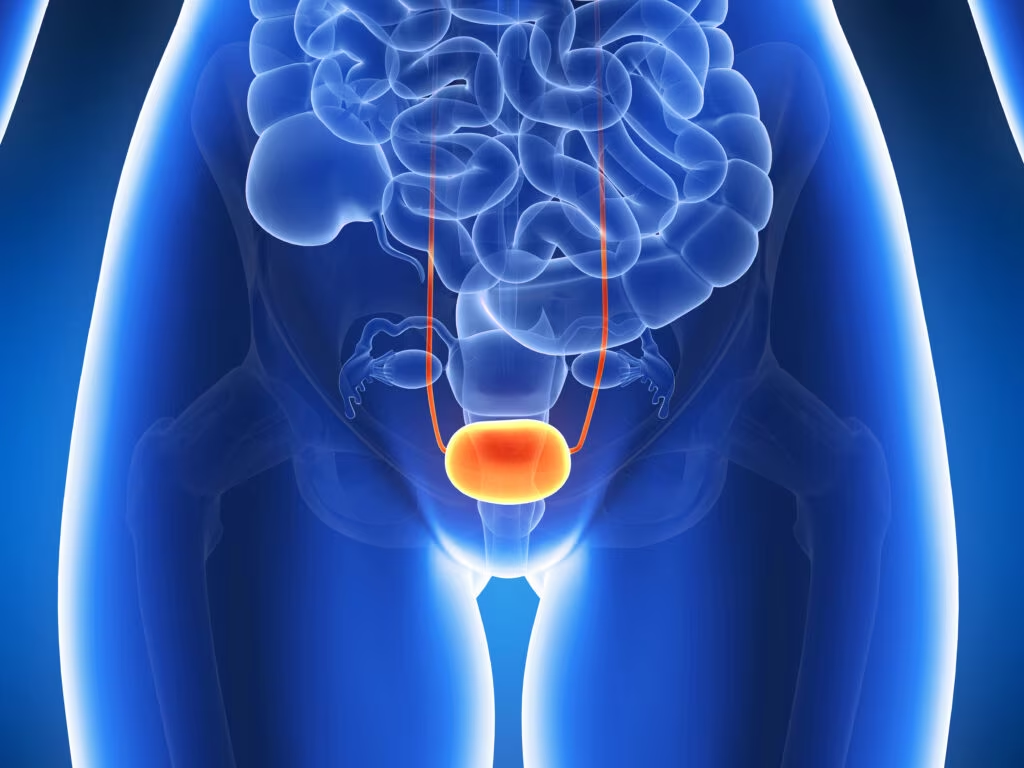Welcome to the latest edition of US Endocrinology, which features a wide variety of articles covering several topics of interest to endocrinologists, as well as the wider medical community. Following recent media coverage about the increasing prevalence of diabetes, this edition focuses on approaches to diabetes treatment. We begin with an article by Almehthel et al. that reviews the use of islet transplantation for the treatment of patients with type 1 diabetes who experience frequent severe hypoglycemia and/or glycemic lability. An editorial by Simineirio discusses the necessity for a team approach and self-management education in diabetes care. On a similar theme, Delahanty discusses the challenges of translating the evidence supporting the necessity for lifestyle change into practice. It is essential that patients remain engaged in taking achievable steps to managing their lifestyle and nutrition decisions.
The increasing number of glucose-lowering therapies has made clinical decision-making difficult for primary care physicians. Yaira et al. have proposed a metabolic fulcrum-based approach that classifies patients according to phenotypic features, rationalizing the choice of therapy. Finally on the subject of diabetes, a case of Fournier’s gangrene in a patient with type 2 diabetes is described.
This issue also contains three articles on the subject of thyroid disorders. Santos et al. review the pathogenesis, clinical manifestations, diagnosis, and treatment of Hashimoto thyroiditis in adolescents. Khandelwal presents what is believed to be the first case report of familial presentation of moyamoya-like vasculopathy in patients with Grave’s disease in the Latin population. In addition, McAninch and Bianco describe the rationale for combination therapy with T3 plus T4 in hypothyroidism in patients with a specific genetic polymorphism, indicating that personalized medicine might be an important new direction in this disorder.
Other articles in this edition include an editorial by Samson discussing the exciting developments in the medical management of Cushing’s disease, as well as a review by Duntas and Hubalewska-Dydejczyk, which discusses the potential benefit of selenium supplementation in chronic inflammatory conditions.
US Endocrinology would like to thank all expert authors who contributed towards this edition. A special thanks goes to our Editorial
Board for their continuing support and guidance. We hope that all our readers will find plenty of interest among these timely and thoughtprovoking
articles.












